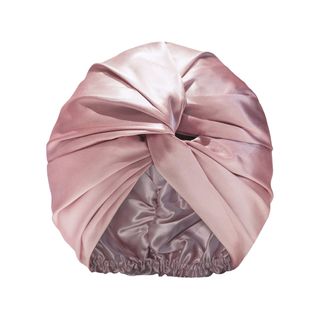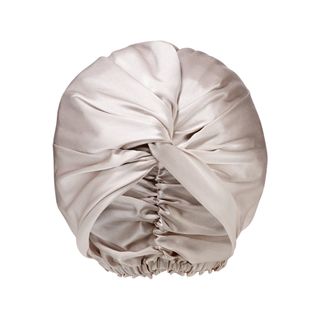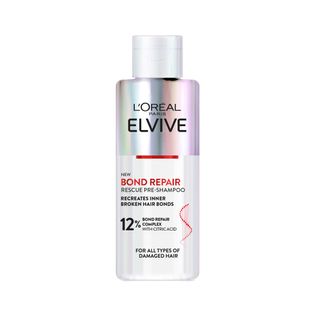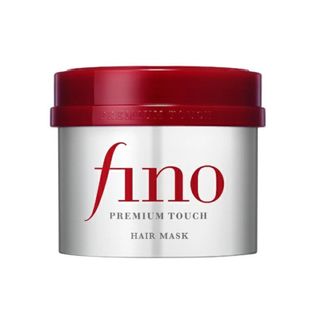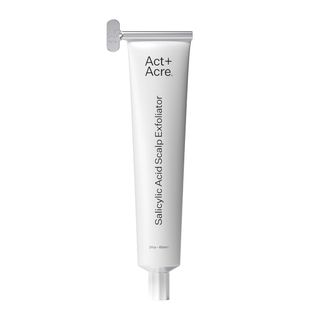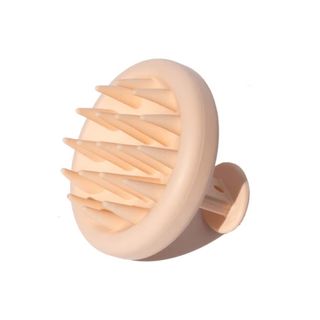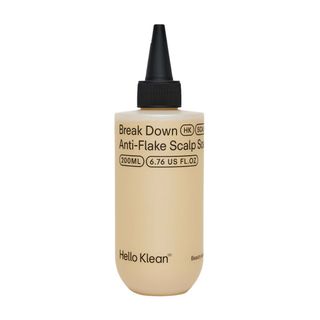After years of bleach and heat, my hair snapped off - here’s how I rescued it
A beauty editor shares every step she's taken to heal her damaged hair
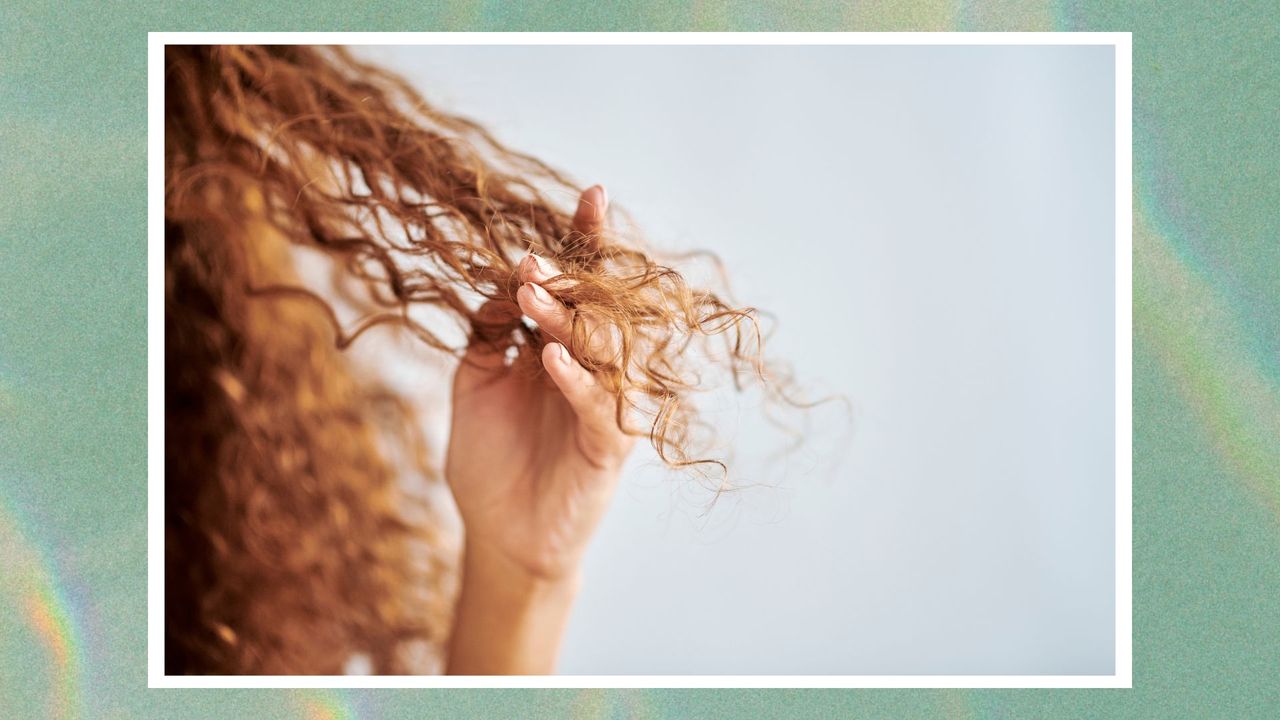

I remember looking into the mirror with horror as I realised the two bits of hair at the front – my ‘money pieces’ – were half their usual length. I'd had my hair coloured the week prior and ignored my stylist’s warning to stop using heat on these ultra-fragile strands, which had already taken a hit from chemical treatments and styling in terms of damage.
Panicking, I did what I usually do and jumped into action – Googling, watching YouTube videos and speaking to the industry hair experts I know to establish the best plan for regaining healthy hair. It may not have been the most enjoyable experience, but I can now truly say the insight I have gained from this situation has allowed me to understand hair a lot better. I’m by no means an expert – or a trichologist – but I believe I have enough wisdom to pass on to anyone going through the same thing.
The following steps, from lifestyle changes to new products, have revitalised my hair and set it on a path back to optimum health. So, if you’re going through the same thing, fear not: you can get back to a good place. Here’s everything I did that I’d recommend you try, too.
11 steps I took to heal hair damage
1. Wore a silk head wrap every night
I’m one of those people who wakes up with wild hair every morning and find it very hard to maintain the results of a blow dry after a night’s sleep (I blame my constant fidgeting). But since wearing a silk head wrap every night, I’ve noticed smoother hair and less frizz overall – so if you're not already doing this, it's worth considering.
“Silk is smooth in texture and therefore reduces friction against hair, preventing tangling and breakage,” notes Anabel Kingsley, brand president and consultant trichologist at Philip Kingsley. “Over time this will promote hair growth, as hair isn’t being damaged by abrasive fabrics and it’ll leave hair smoother, softer and shinier.”
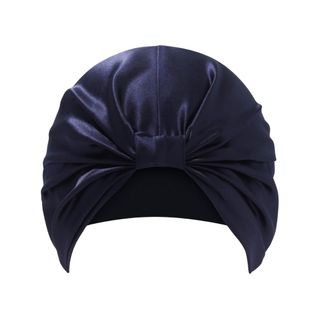
RRP: £50
My wrap of choice, this has the perfectly sized elasticated headband and isn’t too thick, so it never feels hot.
2. Using bond treatments religiously
“Bond builders can help restore hair health by improving elasticity and reducing breakage by restoring bonds in the hair,” explains Viviscal brand ambassador and celebrity trichologist Hannah Gaboardi. These are different to regular hair masks and must never be over-used: “The overuse of keratin can cause the opposite effect and hair can become dependent," she says.
I’ve long been a fan of K18’s leave-in mask, which I reach for once every fortnight, but have heard incredible things about the Living Proof Triple Bond Complex, too. I focus my application on the upper layer of my hair (which is more damaged by bleach and heat), particularly the snapped areas around my face.
Sign up for the woman&home newsletter
Sign up to our free daily email for the latest royal and entertainment news, interesting opinion, expert advice on styling and beauty trends, and no-nonsense guides to the health and wellness questions you want answered.
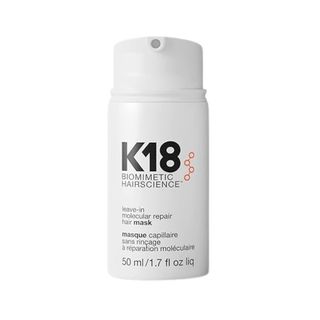
RRP: £30
Using the brand’s uniquely patented K18Peptide™, this is my chosen bond builder of the moment.
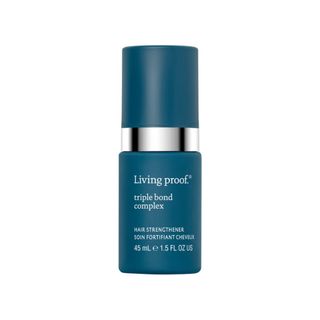
RRP: £42
As well as working to restore bonds over time, this leaves hair with instantaneous shine thanks to the peptide and lipid-rich formula.
3. Picked a clever colour service
I’ve been bleaching my hair for half my life now, which is a pretty shocking admission. Colouring hair repeatedly can really impact its condition, with bleach being the most drying method. To repair my hair and work to grow those broken bits (along with the rest of my lengths), I have moved to a less high-maintenance style in the form of subtle balayage, which with a natural grow-out only requires appointments every 4–6 months rather than bi-monthly. I am being especially careful with my money pieces, which require more colour to stay bright – including turning to a tint instead of bleach for the time being, which is less damaging.
4. Got curtain bangs cut in
As mentioned, the main areas of damage and where the snapping occurred were those delicate bits at the front. These take the most bleach (money pieces) and heat (I style them even when wearing my hair up), so became the most fragile. In order to cut any outstanding breakage and give them a clean break, I decided to get curtain bangs cut in, which has helped to maintain their health – and allows me to style out my breakage!
5. Upped my supplement intake
Hair that is damaged to the extent mine is needs an inside-outside approach; you can’t just whack on some hair masks and hope for the best. While a well-rounded, healthy diet and general lifestyle can promote healthier hair growth, supplements are great to top-up in any areas you may be slightly lacking.
“The hair is the second fastest dividing cell in the body, but non-essential, therefore a diet rich in protein is supportive to hair health and optimum growth,” says Consultant Trichologist Eva Proudman FIT IAT of UK Hair Consultants. “Supplements can help to keep the stored vitamin and mineral levels in optimum range for hair health, in particular stored iron, vitamin B12 and vitamin D.”
I love Artah’s range in general and have been taking its Skin Clinic supplements for a while, which I am finding really works for my skin, nails and hair. Both Philip Kinglsey and Viviscal are real experts in this area, too.
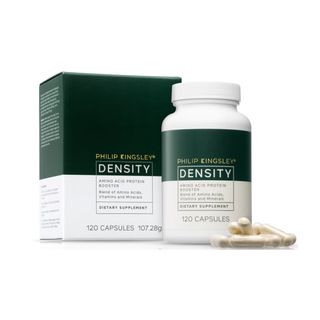
RRP: £33
Created by expert trichologists, these capsules contain biotin, vitamin C and selenium – all of which are essential to healthy hair.
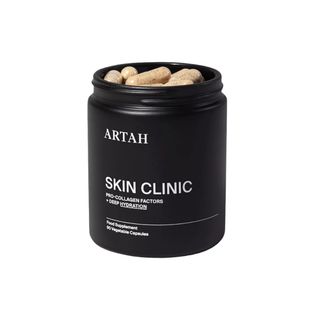
RRP: £45
Artah’s supplements harness the power of collagen, hyaluronic acid and biotin, to aid nails, skin and hair.
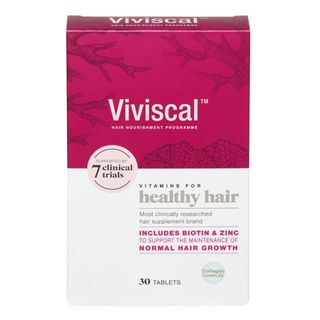
RRP: £29.99
These are packed full of all the essentials, from biotin, zinc, iron and silica to vitamin C and antioxidant-rich millet seed extract.
6. Masked, masked, then masked some more
Though they aren't the only step to healthy hair, hair masks do play their role. “It is important to use moisturising hair products and a nourishing and protective hair care routine, including a hair mask,” notes Gaboardi. This helps hair stay smooth, silky and strong, preventing breakage. I now use a deep, intensive mask at least once a week to protect my lengths. Philip Kingsley’s Elasticizer is unrivalled, in my opinion, while for masks that you don’t need to apply pre-shampoo, I’d recommend Gisou and Shiseido.
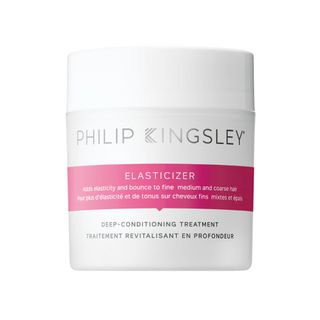
RRP: £38
A bestselling icon that stands the test of time, this needs to be applied to damp hair before washing.
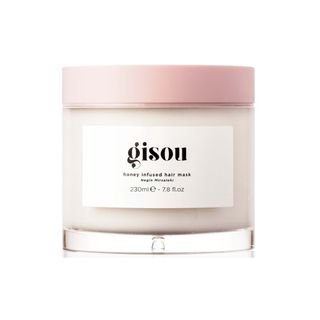
RRP: £42
A gorgeously rich formula that harnesses the power of soothing honey, GISOU’s has become one of my favourites.
7. Visited a trichologist
If a trichologist is accessible for you, I’d definitely recommend visiting one to get to the bottom of any hair loss or growth issues. They are the experts in all things scalp and hair health, and can not only determine what may be going wrong but also how to fix such issues. This includes an inside-out approach that centres around lifestyle and dietary choices, as well as topical products. This is one of the best things I did (I visited Anabel Kingsley at Philip Kingsley) as it helped me to understand my hair a lot better.
8. Used heat more sparingly
As well as years of bleaching, heat stylers had caused a lot of irreversible damage to my hair before I started on this journey – particularly at the front, which was already in dire condition. Because of this, I’ve really scaled back, usually only using heat a couple of times a week now rather than every day. I also wear updos a lot more and try to use my Dyson Airwrap rather than straighteners or curlers, as it uses air rather than high direct heat to dry and style.
“Too much heat from heated styling tools can again cause breakage,” confirms Proudman, who recommends “dialling down the heat to no more than 180 degrees and using a thermal defence product when using heated styling tools.”
9. More frequent trims
In previous years when I’ve attempted to grow my hair, my strategy has just been to avoid cuts for as long as possible to achieve length. I’ve since learnt that this is categorically the worst way to grow healthy, long locks. After a while, the hair begins to break at the bottom (this is accelerated, again, by colour and heat), meaning split ends destroy the hair shaft and any length dissipates.
To avoid this, I’ve been getting regular trims (every six weeks or so) and I’ve been genuinely shocked by how quickly my hair has grown using this method. It may take longer to reach your dream length, but at least when you finally get there they look thick and full of life rather than dry, broken and brittle.
10. Started using Nioxin
Whenever I am out and about and see someone with coloured hair that’s long and healthy, I always ask how they got there. A pilates teacher I recently had in London told me Nioxin was her secret, and I’ve been using it religiously ever since. The three-step systems (shampoo, conditioner and scalp spray) are available in different variations to suit different hair types; I use number 3 for coloured hair. The products focus on cleansing the scalp to optimise hair growth, as well as strengthening hair resilience to prevent breakage.
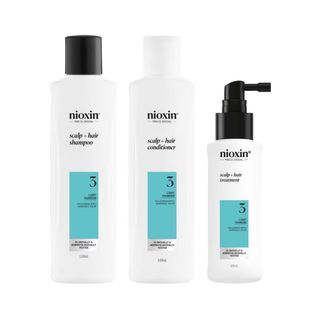
RRP: £42.75
The products focus on cleansing the scalp to optimise hair growth, and strengthening hair resilience to prevent breakage.
11. Focused on scalp care
One thing I’ve learnt over the years is that without having optimum conditions at the scalp, you can forget about having great-looking hair. This is where the hair grows from, so if it’s not looked after, you won’t see results.
“The scalp is the growing medium of the hair and needs to be well managed with the scalp microbiome balanced,” explains Proudman. “If the scalp is itchy, flaky or inflamed it is imbalanced, which can cause the hair to shed more than is normal or to look dull and feel coarse. Scalp treatments help to keep the scalp balanced for optimum hair health and growth.”
Once a week, I apply an exfoliating scalp product before washing my hair, massaging it in with a scalp brush. This step is essential to effectively clean my hair, especially as I wear it in a slicked-back bun fairly often and thus my scalp gets quite greasy with product build-up. Once my hair is dried, I apply an oil or similar to nourish the skin there.
Rebecca (best known as Becky) is a freelance beauty editor and features writer with a decade worth of experience in the industry. She started her career at Glamour UK and has since worked in roles at titles and brands such as Eliza, Bustle and Space NK. She has written for British, US and Australian publications, from Marie Claire and Refinery29 to Stylist and The Coveteur.
She is a keen traveller and often works on the road, covering everything from beauty and fashion to sex, love and dating. Her favourite pieces to write are first person features born from her experiences in the world. She is proudly queer, feminist and pro-choice, and advocates for mental health issues and women's rights. You can check out her work at her portfolio and on her Instagram.
-
 Where is Ten Pound Poms season 2 filmed and which year is it set?
Where is Ten Pound Poms season 2 filmed and which year is it set?Viewers tuning into the highly anticipated second season of Ten Pound Poms are eager to know where the show is filmed and which year the action takes place
By Lucy Wigley Published
-
 The life-changing impact of Mother's Day flowers - meet the inspirational farmers who've transformed their futures
The life-changing impact of Mother's Day flowers - meet the inspirational farmers who've transformed their futuresJen Bedloe visits the Waitrose Foundation in Kenya and discovers how as consumers, we all have the power to change people's lives
By Jen Bedloe Published
